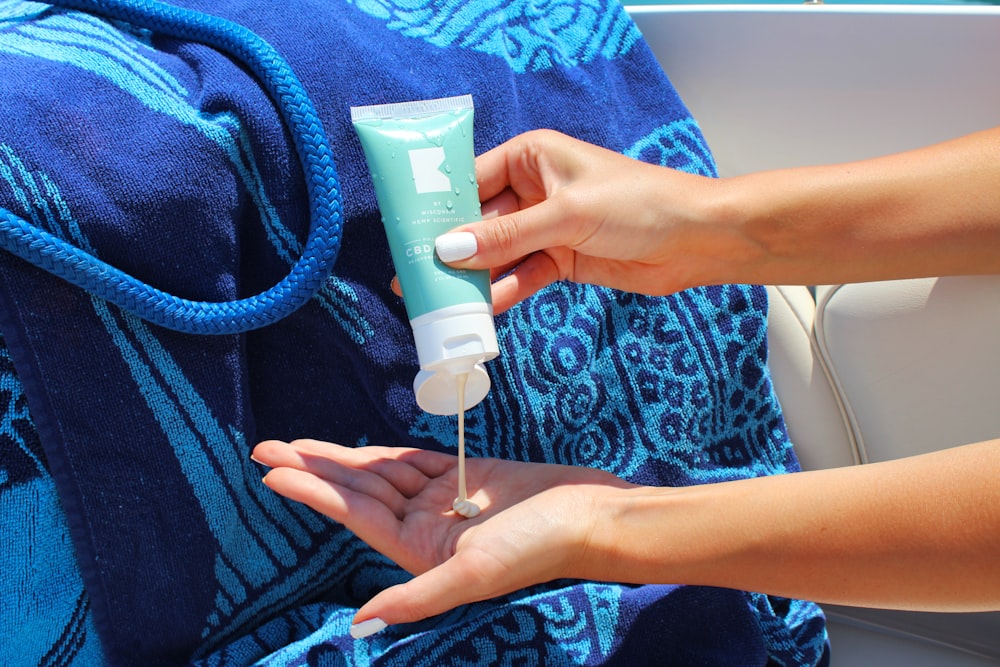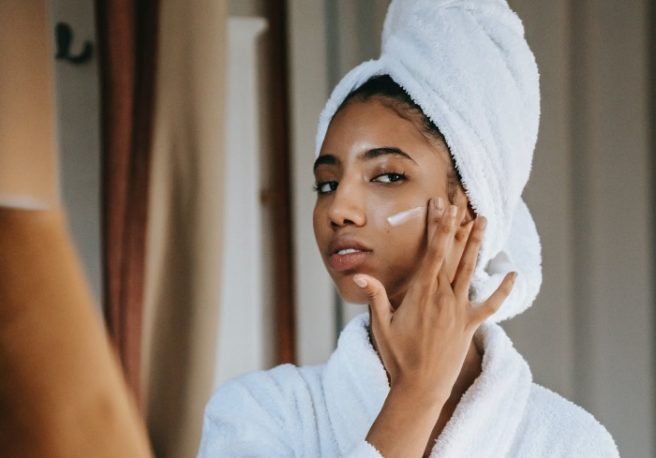
Why you should be wearing suncream (even in this weather)
During this time of year, there's usually so much cloud coverage, I don't see the point in wearing suncream. Do I even need to wear it in early spring anyway?
Yes. Absolutely. Here's why.
I am a ridiculously pale person. Like, so pale I'm essentially pink. In winter, purple (It's cold out there, okay?) So I've learned the hard way exactly how essential suncream is.
I can almost hear you rolling your eyes. I know, right? You're not as pale as me, so it doesn't really matter?
Well on my skin, you can actually see the damage that the sun is doing. It's doing the same thing to yours. You just can't see it yet. Which makes it so much more dangerous.
Dermalogica recently revealed its major suncream checkpoints to prevent the sun from damaging your skin, in winter or summer. Our bodies are exposed to UV radiation everyday, whether or not we're outside. So even when you think you're not exposed to the sun, you really are.
Wearing an SPF daily can help prevent skin cancer and signs of premature ageing, two very worthwhile reasons to wear SPF. Dermalogica outline their major concerns about the outdated SPF advice you may be following and how to protect yourself from sun damage all year round.
Not all sunscreens protect against both UVA (ageing) and UVB (burning) rays.

Many people think that applying any old SPF will keep us safe from both kinds of the sun's harmful rays. Unfortunately, this is not true. To understand why, look closely at the labels, ingredients and physical forms of the products you are buying.
SPF (Sun Protection Factor) indicates how long it will take for UVB rays – the main cause of sunburn – to redden the skin. For example, SPF 15 means it will take 15 times longer for skin to redden with the product on than without it. This has nothing to do with UVA rays, which are the same rays emitted by tanning booths. UVA rays penetrate the skin more deeply, and play a major part in accelerating the signs of skin ageing and generating skin cancer.
To protect your skin from both UVA and UVB rays, don't just buy a product with an SPF of 15 or higher. Make sure it is labelled "Broad Spectrum," which means it contains a combination of ingredients known to protect skin against both types of UV rays. These could be chemical or physical sunscreens or a combination thereof. Chemical sunscreens (e.g., Avobenzone, Oxybenzone), work by absorbing ultraviolet (UV) radiation and physical sunscreens (e.g.,Titanium Dioxide, Zinc Oxide), reflect or scatter UV radiation.
Chemical or physical sunscreen? It's a matter of preference.
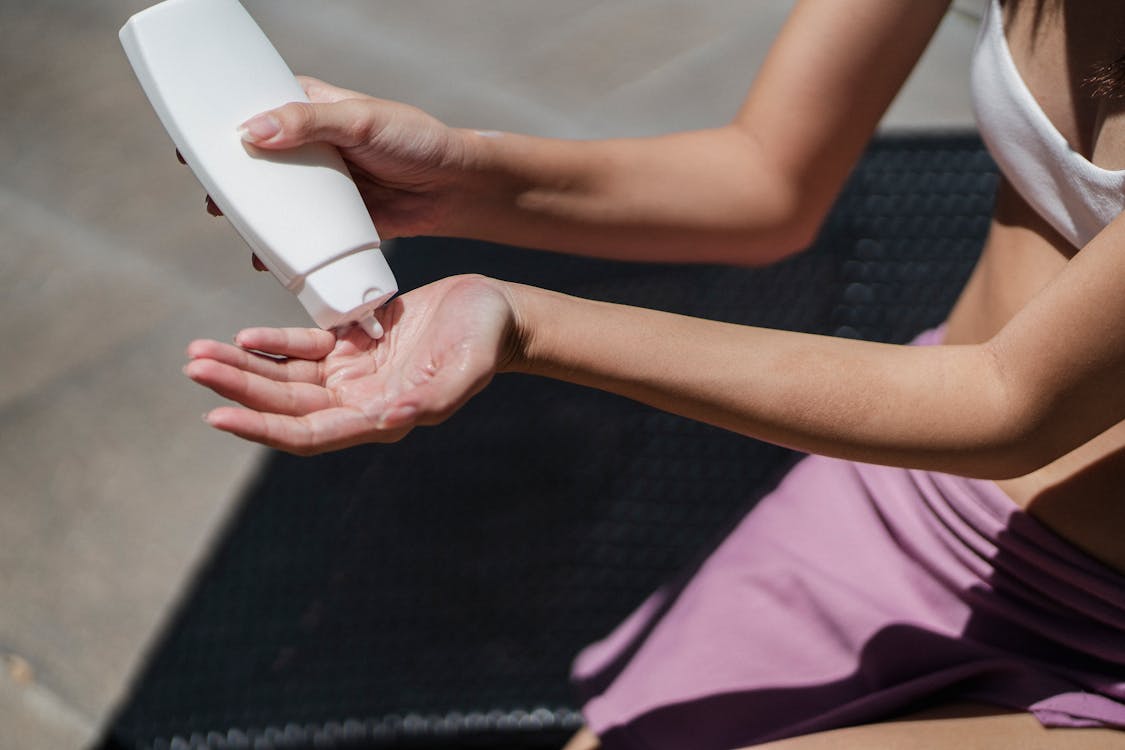
Chemical sunscreens absorb into the skin and are usually more popular because they feel lighter and look less noticeable. They use active ingredients like Avobenzone, Octinoxate, Oxybenzone and Helioplex.
Physical sunscreens, or mineral sunscreens, sit on the surface of the skin. They can feel heavier and look more noticeable, but they provide added coverage and are more resistant to sweating and swimming. Look for active ingredients like Zinc Oxide and Titanium Dioxide to identify them.
A base tan does not protect you from the sun.
There is no such thing as a safe tan. By definition, a suntan is your skin's defence to being harmed by UV exposure. Your cells respond to the affront by producing more melanin (pigment), and your skin darkens as a result. There is nothing healthy or preventive to be gained from trying to acquire a base tan.
Sunscreen isn't just for the summer.
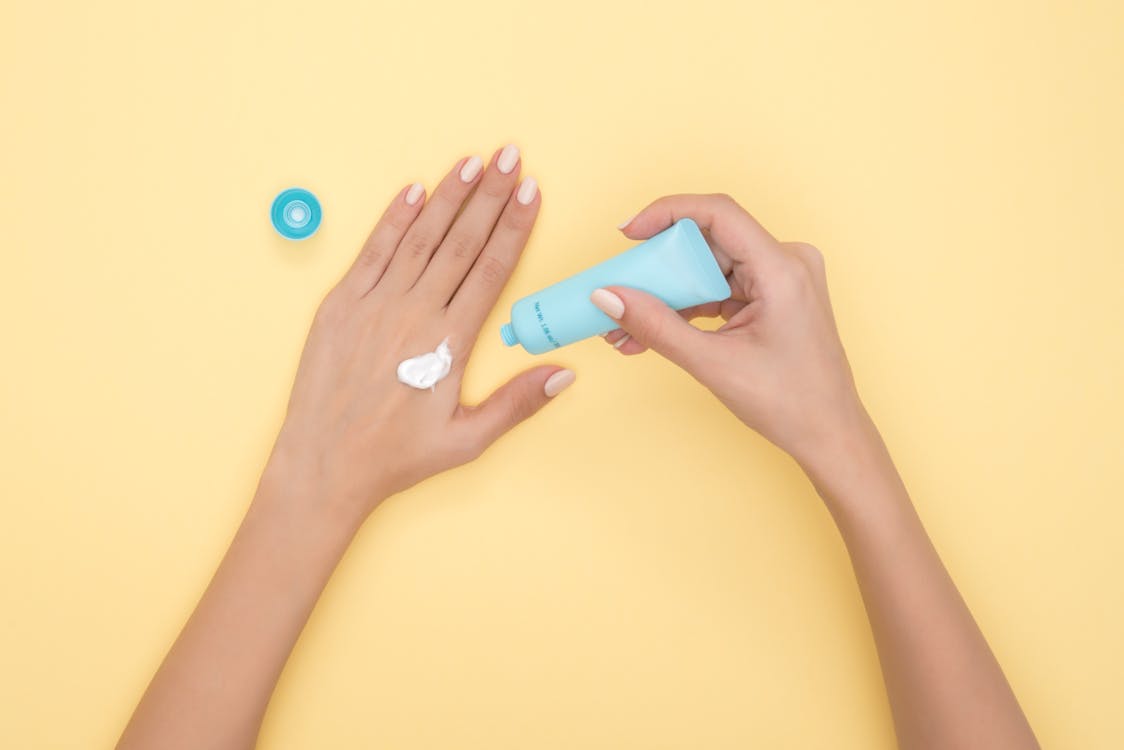
Sun damage doesn’t just happen during the summer months or while at the beach. Photo damage or UV exposure (which causes ageing) can occur from exposure to daylight through clouds, rain, glass and even fluorescent indoor lighting. This is why protecting the skin every day is imperative. Roughly 90 percent of photo ageing is preventable by wearing SPF daily, so slather up!
You're probably not using enough sunscreen.
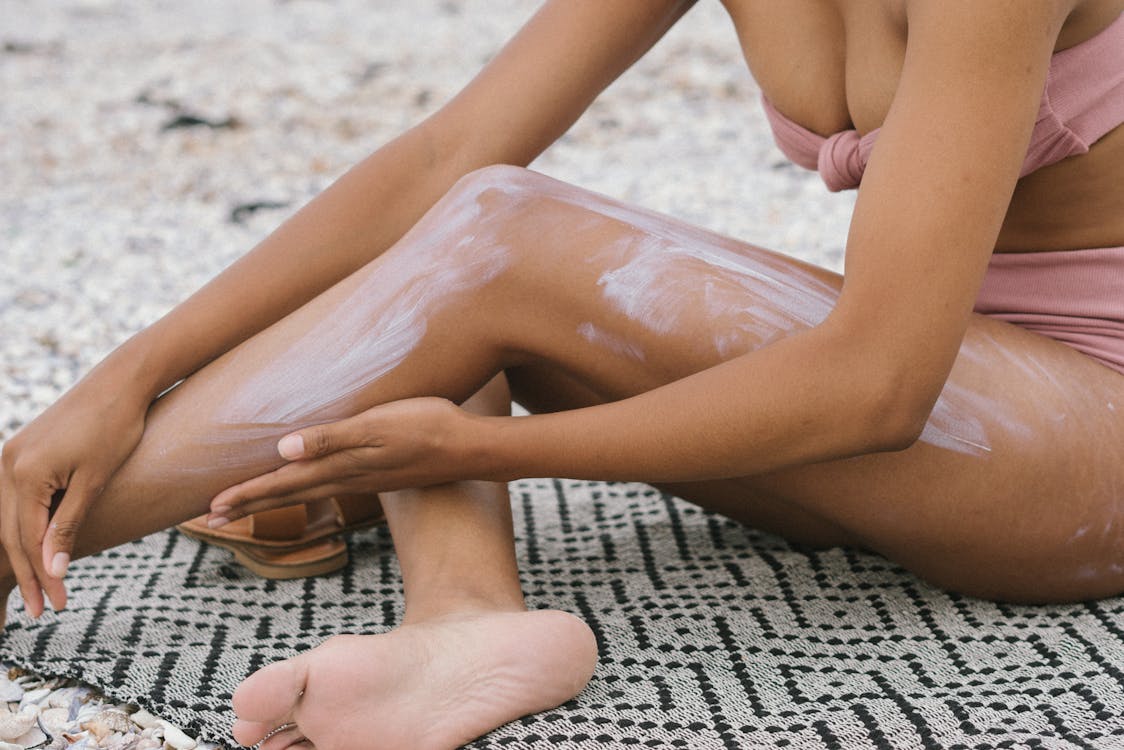
As a general rule, creams and lotions tend to deliver better protection than spray formulations, which most people don't apply enough of to get adequate coverage. The American Academy of Dermatology recommends a "liberal use" of SPF 30 (picture a shot glass full of lotion) for the body, and reapplying every two hours (or after swimming or exercising). For the face, the rule of thumb is one teaspoon of sunscreen to deliver the SPF protection on the package.

